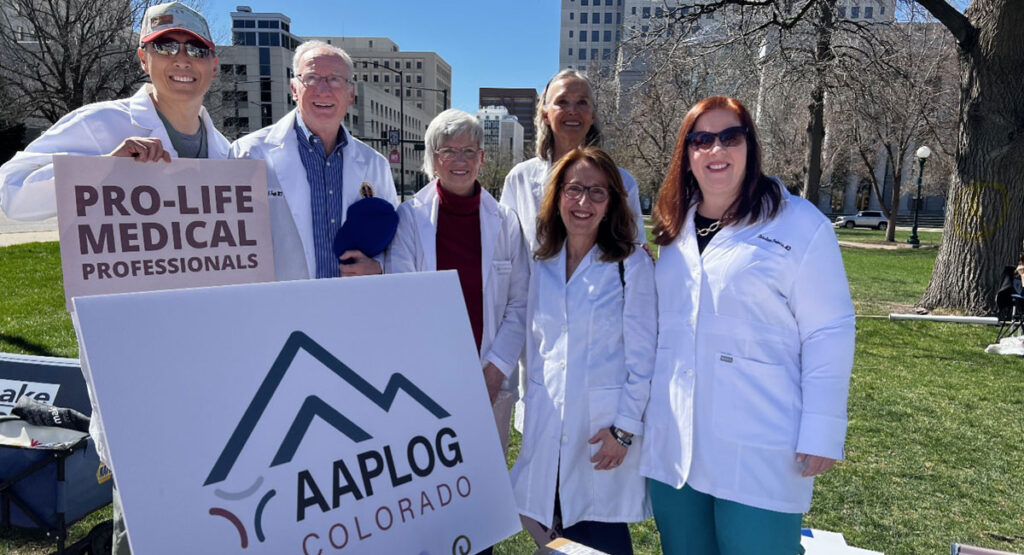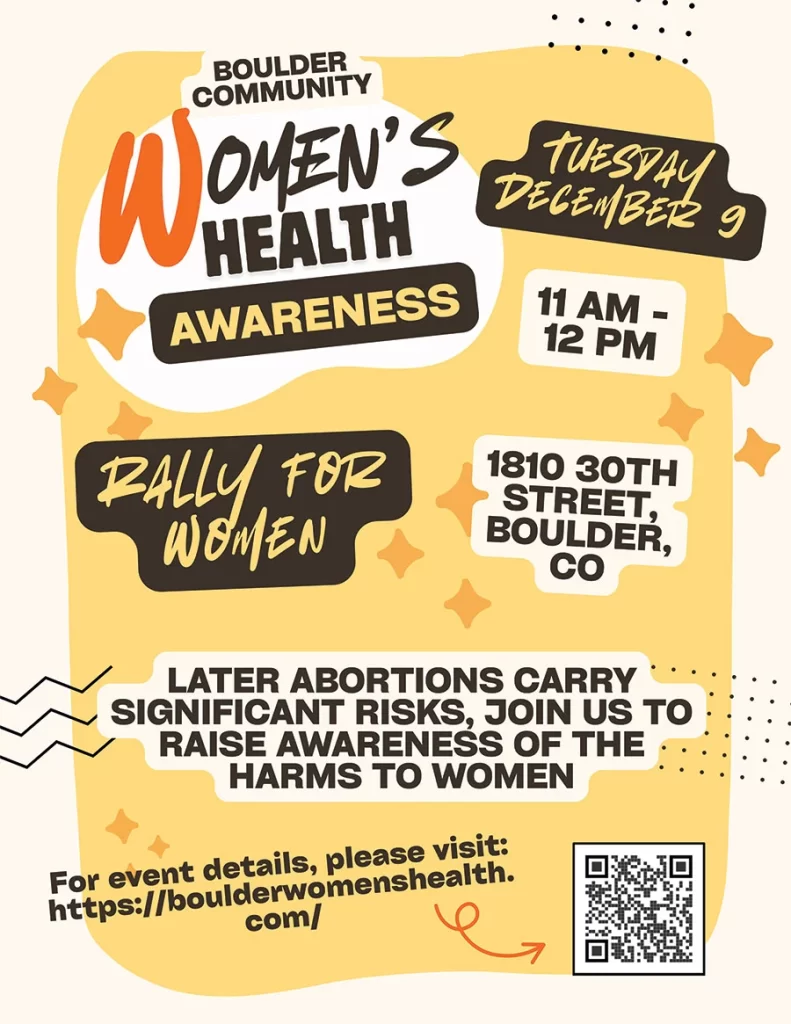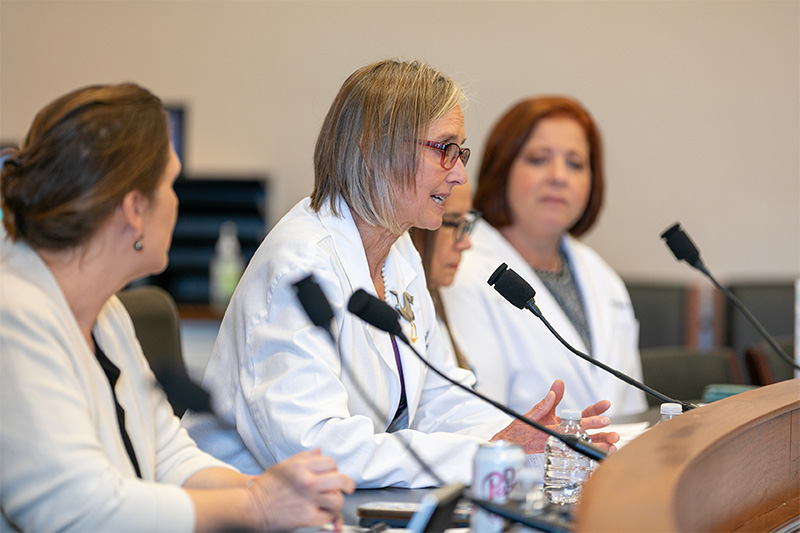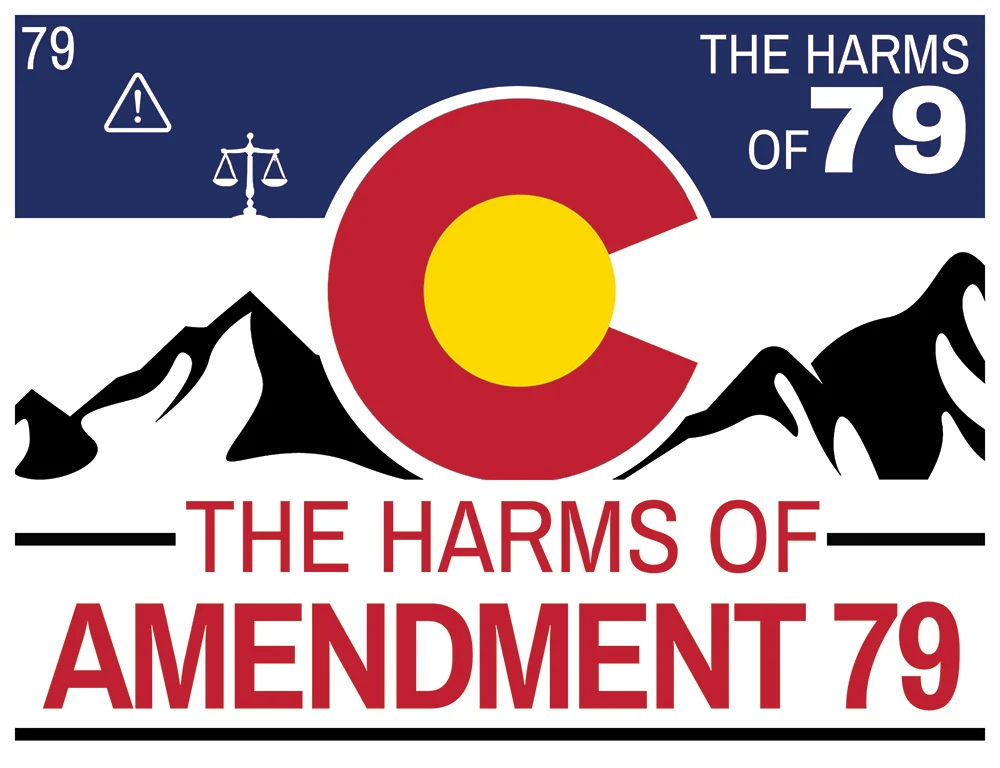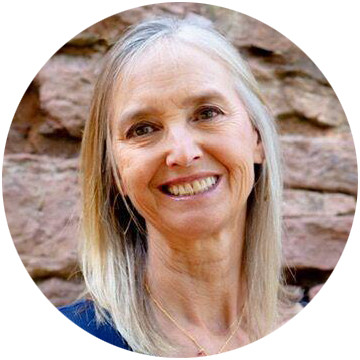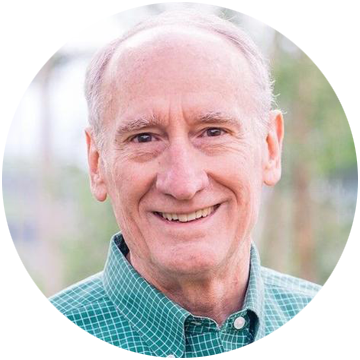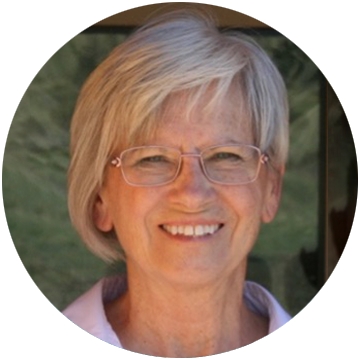Who are the nameless “some were pregnant”
By Wendy J. Smith | Member executive team AAPLOG CO
On June 23, 2025 – An anti-trafficking operation in Florida, dubbed Operation Dragon Eye, rescued 60 minors from sex trafficking. Their ages ranged from 9-17 years old. Forty three were girls, while 17 were boys. Surprising to me was that fact that 68% were from their local communities, 31% were from Foster care. Such a large percent being trafficked in communities where they live exposes the fact that these communities are not receiving adequate antitrafficking education. The children were referred to as “critically missing”. The National Center for Missing and Exploited Children defines critically missing as having “elevated risk factors or circumstances that suggest potential harm, such as abduction, exploitation, or involvement in dangerous situations”. For many of us who work with or volunteer with minors who have been trafficked, stories like this leave us conflicted – they bring hope in the rescue and sadness that Domestic Minor Sex Trafficking (DMST) is so prevalent.
I saw some things in news reports following the sting that I had rarely seen in the news before, “The operation uncovered the gut-wrenching realities of sex trafficking – including several girls who were pregnant”. Another report stated, “some were pregnant”.
The US Department of State defines sex trafficking as “a severe form of trafficking in persons in which a commercial sex act is induced by force, fraud, or coercion or in which the person induced to perform such an act is under 18 years of age”. In DMST the use of force, fraud or coercion makes consent mute. Plus they lack the mental/emotional maturity to make such critical decisions. Many have experienced Adverse Childhood Events (ACEs) which may result in early interpersonal trauma interfering in brain development, leading to impaired cognitive/emotional development.
I have no doubt all of us would say that rape is horrible. In most cases rape is a one time event, yet it often leaves the victims with emotional scars like Post Traumatic Stress Syndrome. When caring for victims/survivors of sex trafficking, especially minors, rape is an ongoing experience. It is important to realize they have been raped (sold) on average 6-10 times a day throughout the trajectory of their trafficking experience. As a result, they may be prone to self-harm or suicidal ideology, PTSD or a more complex form of PTSD referred to as C-PTSD, anxiety depression, Dissociative Disorder, Substance abuse, eating disorders, and others. We can rejoice that the children were rescued. Yet this should cause us to pause and examine our own understanding of human trafficking and consider the severe consequences, especially in minors, many of whom suffer from serious mental/emotional/physical trauma…”and some are pregnant”. Would you be prepared if a victim, especially a minor, were referred to you?
These minors are nameless stats in the news, but they are children, living human beings, who’ve been robbed of their childhood, freedom, identity and humanity. They have little-to-no self-worth. There are protocols that law enforcement, the FBI, victim advocates and forensic nurses follow at the point of rescue that, hopefully, are trauma-informed, child-centered, and legally compliant. But what happens when “some are pregnant”. I am sure that everyone involved would attest to following “best practices” in healthcare, social services and within the legal system. However, when “some are pregnant” who defines best practices? Is it the American College of Obstetricians and Gynecologists, a professional organization that has become very political and pro-abortion? When you have a girl, who believes she is just a commodity for someone’s profit or pleasure, that she is expendable, her life has no value …what does the culture say would be the best practice? Facing the chaos and turmoil of the rescue, forensic evaluation, emergency housing and questions surrounding placement, how is her pregnancy addressed? Is she encouraged to abort, reinforcing that life has no value and her baby is also expendable? Or is she counseled on all options? Who supports and stands with the young women who desire to parent? What are her resources?
Forced abortion has been documented and is of growing concern, especially with easy access to the abortion pill. Forced abortion is often used by the trafficker to further abuse, a form of reproductive coercion, another tool for control. On the other hand, the trafficker can exert further control over a victim who has a baby by threatening to sell or abuse the baby if the mother doesn’t make quota or doesn’t obey the trafficker. Due to the very criminal nature of sex trafficking, it is impossible to obtain large datasets that address abortion or pregnancy. In one landmark study from the Annals of Health Law (2014) it was noted from out of 160 survivors of sex trafficking 55% reported having at least one abortion, 30% reported having multiple abortions. In a 2019 joint opinion piece for the American Association of Prolife OB/GYNs and the American College of Pediatrics results of a survey done by survivors for survivors was highlighted, where of 758 respondents:
- “nearly 90% (683) had had one abortion as a minor (ages 11-17).
- Of the 90% (683), 628 (92%) had had multiple abortions, sometimes at the same facility.”
It is well known that the later the abortion, moving into the second and third trimester, the greater the risk of complications. This is especially true in trafficked minors for multiple reasons: poor healthcare, physical immaturity of anatomy, physical sequelae or complications from sexual violence (e.g. trauma-induced gynecologic injuries), STIs, pelvic inflammatory disease (PID). Teen mothers are at high risk of complications such as high blood pressure and/or preeclampsia, preterm births, low weight births, anemia, and other complications associated with their trafficking. In addition, the mental health issues noted above often go undiagnosed, or misdiagnosed if not evaluated through a trauma informed lens. At a minimum, she should receive prenatal and obstetric evaluation, that is trauma informed, confidential, and respectful, in a muli-disciplinary team approach. In some situations, best practice might be to include consultation with a high-risk OB/GYN specialist. Local Pregnancy Resource Centers could also play a vital role providing support, parenting classes, information on adoption options, and other child care resources. I have known adult survivors who have told me that their pregnancy saved their lives, gave them courage to escape from their trafficker, or led them to a Pregnancy Resource Center where they were cared for and chose to parent her child.
Caring for victims/survivors of sex trafficking requires a comprehensive multidisciplinary approach. Those who are pregnant add to the complexity, recognizing there are two very vulnerable lives at stake.
Resources for anti-trafficking educational programs designed specifically for healthcare providers:
